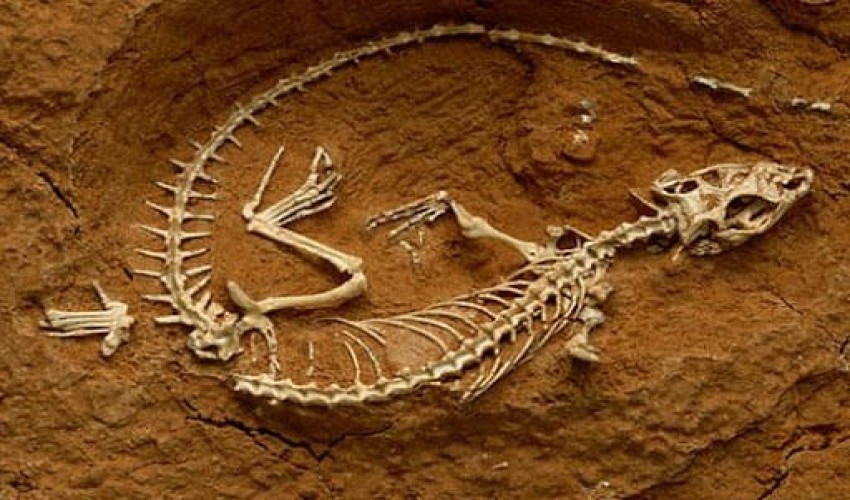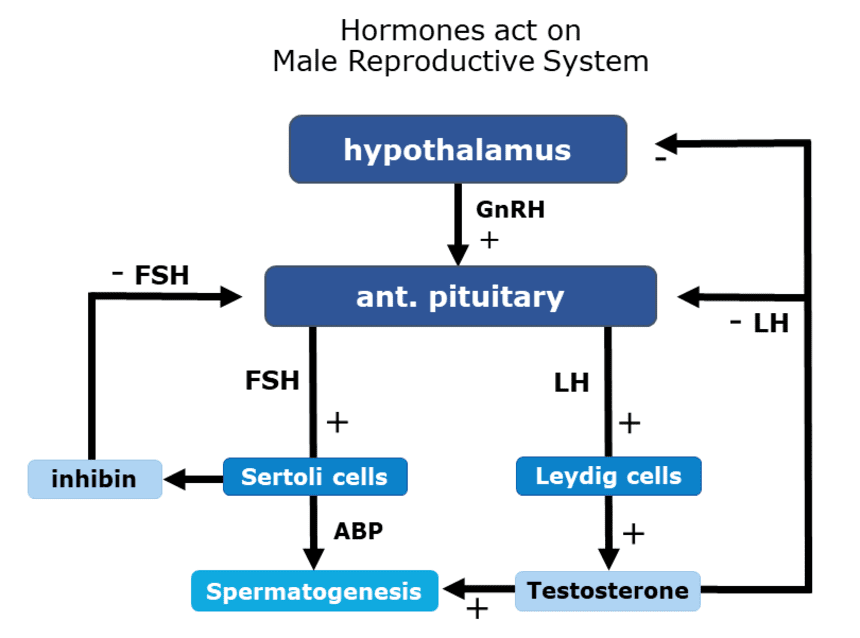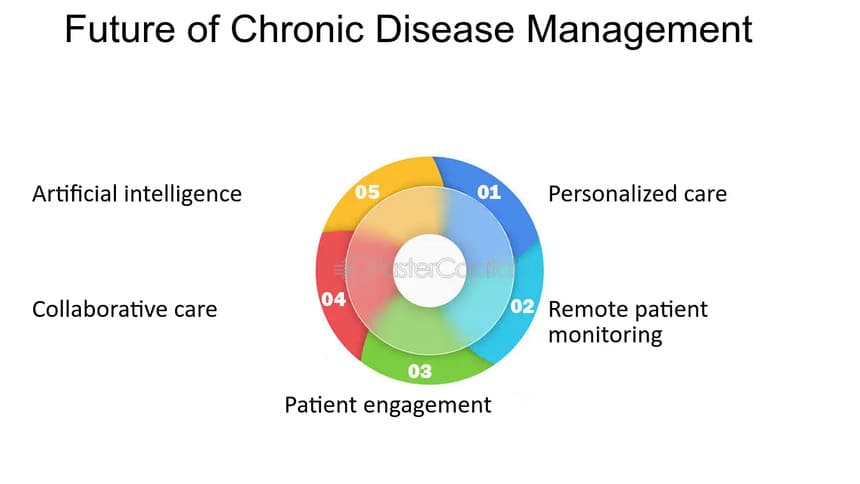
Paleontology
Paleozoology, also spelled as Paleozoology is the branch of paleontology, paleobiology, or zoology dealing with the recovery and identification of multicellular animal remains from geological (or even archeological) contexts, and the use of these fossils in the reconstruction of prehistoric environments and ancient ecosystems.
Definitive, macroscopic remains of these metazoans are found in the fossil record from the Ediacaran period of the Neoproterozoic era onwards, although they do not become common until the Late Devonian period in the latter half of the Paleozoic era.
Perhaps the best known macrofossils group is the dinosaurs. Other popularly known animal-derived macrofossils include trilobites, crustaceans, echinoderms, brachiopods, mollusks, bony fishes, sharks, Vertebrate teeth, and shells of numerous invertebrate groups. This is because hard organic parts, such as bones, teeth, and shells resist decay, and are the most commonly preserved and found animal fossils. Exclusively soft-bodied animals—such as jellyfish, flatworms, nematodes, and insects—are consequently rarely fossilized, as these groups do not produce hard organic parts.
Vertebrate paleozoology refers to the use of morphological, temporal, and stratigraphic data to map vertebrate history in evolutionary theory. Vertebrates are classified as a subphylum of Chordata, a phylum used to classify species adhering to a rod-shaped, flexible body type called a notochord. They differ from other phyla in that other phyla may have cartilage or cartilage-like tissues forming a sort of skeleton, but only vertebrates possess what we define as bone.
Classes of vertebrates listed in chronological order from oldest to most recent include heterostracans, osteostracans, coelolepid agnathans, acanthodians, osteichthyan fishes, chondrichthyan fishes, amphibians, reptiles, mammals, and birds. All vertebrates are studied under standard evolutionary generalizations of behavior and life process, although there is controversy over whether population can be accurately estimated from limited fossil resources
- Amber
- Analysis of fossil organisms using computer techniques
- Ancient food web interactions
- Ancient microbial ecosystem
- Archeological chronology
- Background extinction
- Burgess Shale
- Carnivoran evolution
- Chicxulub impact crater
- Conodont
- Creodonta
- Dino-Birds
- Dinosaur behavior
- Dinosauria
- Docodonta
- Dryolestida
- Earliest evidence of bilaterians
- Early spider web
- Extinction
- Extinction (paleontology)
- Extinction and the fossil record
- Finite element analysis in paleontology
- Fossil
- Fossil green sulfur bacteria reveal the cause of mass extinctions
- Fossil record of vertebrate responses to global warming
- Gastornithiformes
- Geologic history of reefs
- Girvanella
- Gymnolaemata
- Hadrosaurid (duck-billed) dinosaurs
- Ichnology
- Index fossil
- Invasive species during the Late Devonian biodiversity crisis
- Kutorginata
- Living fossils
- Microbialite
- Micropaleontology
- Morphometrics in paleontology
- Multituberculata
- Oichnus
- Origin of vertebrates
- Paleobiodiversity
- Paleoecology
- Paleogenomics
- Paleogenomics and biocalcification
- Paleontology
- Pantodonta
- Pentamerida
- Permineralization
- Petrifaction
- Phanerozoic
- Phanerozoic predation intensity and diversity
- Post-Paleozoic ecological complexity
- Postglacial vegetation and climate
- Reappraisal of early dinosaur radiation
- Rhynchonelliformea
- Role of oxygen in the biotic recovery following mass extinction
- Stromatolite
- Symmetrodonta
- Tetrapoda
- Thelodontida
- Time-averaging (paleontology)
- Titanosaur sauropod
- Trace fossils
- Trilobite predation
- Trypanites
- Vendobionts (Precambrian evolution)
- Vertebrate origins
Recent Published
Submit Manuscript
To give your manuscript the best chance of publication, follow these policies and formatting guidelines.


